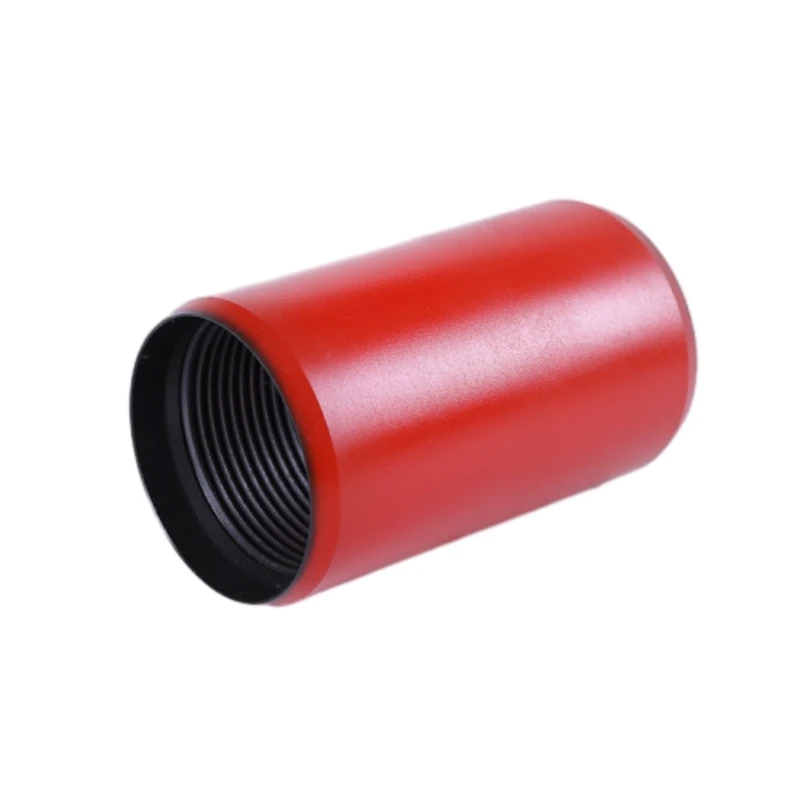- Afrikaans
- Albanian
- Amharic
- Arabic
- Armenian
- Azerbaijani
- Basque
- Belarusian
- Bengali
- Bosnian
- Bulgarian
- Catalan
- Cebuano
- Corsican
- Croatian
- Czech
- Danish
- Dutch
- English
- Esperanto
- Estonian
- Finnish
- French
- Frisian
- Galician
- Georgian
- German
- Greek
- Gujarati
- Haitian Creole
- hausa
- hawaiian
- Hebrew
- Hindi
- Miao
- Hungarian
- Icelandic
- igbo
- Indonesian
- irish
- Italian
- Japanese
- Javanese
- Kannada
- kazakh
- Khmer
- Rwandese
- Korean
- Kurdish
- Kyrgyz
- Lao
- Latin
- Latvian
- Lithuanian
- Luxembourgish
- Macedonian
- Malgashi
- Malay
- Malayalam
- Maltese
- Maori
- Marathi
- Mongolian
- Myanmar
- Nepali
- Norwegian
- Norwegian
- Occitan
- Pashto
- Persian
- Polish
- Portuguese
- Punjabi
- Romanian
- Russian
- Samoan
- Scottish Gaelic
- Serbian
- Sesotho
- Shona
- Sindhi
- Sinhala
- Slovak
- Slovenian
- Somali
- Spanish
- Sundanese
- Swahili
- Swedish
- Tagalog
- Tajik
- Tamil
- Tatar
- Telugu
- Thai
- Turkish
- Turkmen
- Ukrainian
- Urdu
- Uighur
- Uzbek
- Vietnamese
- Welsh
- Bantu
- Yiddish
- Yoruba
- Zulu
api casing sizes
Understanding API Casing Sizes A Comprehensive Overview
The American Petroleum Institute (API) has established standardized sizes and specifications for various casing types used in the drilling and production of oil and gas. The importance of API casing sizes cannot be overstated, as they ensure safety, efficiency, and compatibility within the industry. This article delves into the various aspects of API casing sizes, offering a clear understanding of their significance.
API casing sizes are critical for the design and construction of drilling wells. Casing serves as a protective barrier that retains the integrity of the borehole, prevents contamination of groundwater, and supports the structural stability of the well. Proper casing size ensures that the well can withstand the pressures and temperatures encountered during drilling and production.
Understanding API Casing Sizes A Comprehensive Overview
The API also specifies various casing grades, which indicate the material properties and mechanical strength of the casing. Typical grades include H-40, J-55, K-55, N-80, and P-110. The selection of casing grade largely depends on the specific environmental conditions and mechanical requirements of the well. For example, higher-grade casings are utilized in environments subject to extreme pressures and corrosive conditions, while lower grades may suffice for lighter applications.
api casing sizes

Another significant aspect of API casing sizes is the API coupling and thread standards that ensure proper connections between casing lengths. These standards dictate the types of threads and couplings used, which are essential for maintaining the integrity of the wellbore. Improperly connected casing can result in leaks, blowouts, and costly downtime, making adherence to these specifications essential.
Furthermore, the casing must be installed correctly to be effective. Installation techniques such as centralization and cementing play vital roles in securing the casing in place while preventing fluid migration between formations. The cement used must also be compatible with the casing size and grade to prevent bond failure.
As the demand for oil and gas continues to grow, so too does the complexity of drilling operations. Innovations in drilling technologies and materials have led to the development of new casing sizes and grades that can withstand harsher conditions. Industries are now exploring options such as polymer and composite casings, which may offer weight reductions and enhanced performance in specific applications.
In conclusion, API casing sizes are a foundational component of oil and gas drilling and production operations. Understanding the specifications, selections, and applications of API casings is crucial for industry professionals aiming to ensure well integrity, safety, and efficiency. As technology and methodologies evolve, the importance of selecting the right casing size will only become more pronounced in meeting the challenges of modern drilling environments.
-
Tubing Pup Joints: Essential Components for Oil and Gas OperationsNewsJul.10,2025
-
Pup Joints: Essential Components for Reliable Drilling OperationsNewsJul.10,2025
-
Pipe Couplings: Connecting Your World EfficientlyNewsJul.10,2025
-
Mastering Oilfield Operations with Quality Tubing and CasingNewsJul.10,2025
-
High-Quality Casing Couplings for Every NeedNewsJul.10,2025
-
Boost Your Drilling Efficiency with Premium Crossover Tools & Seating NipplesNewsJul.10,2025







